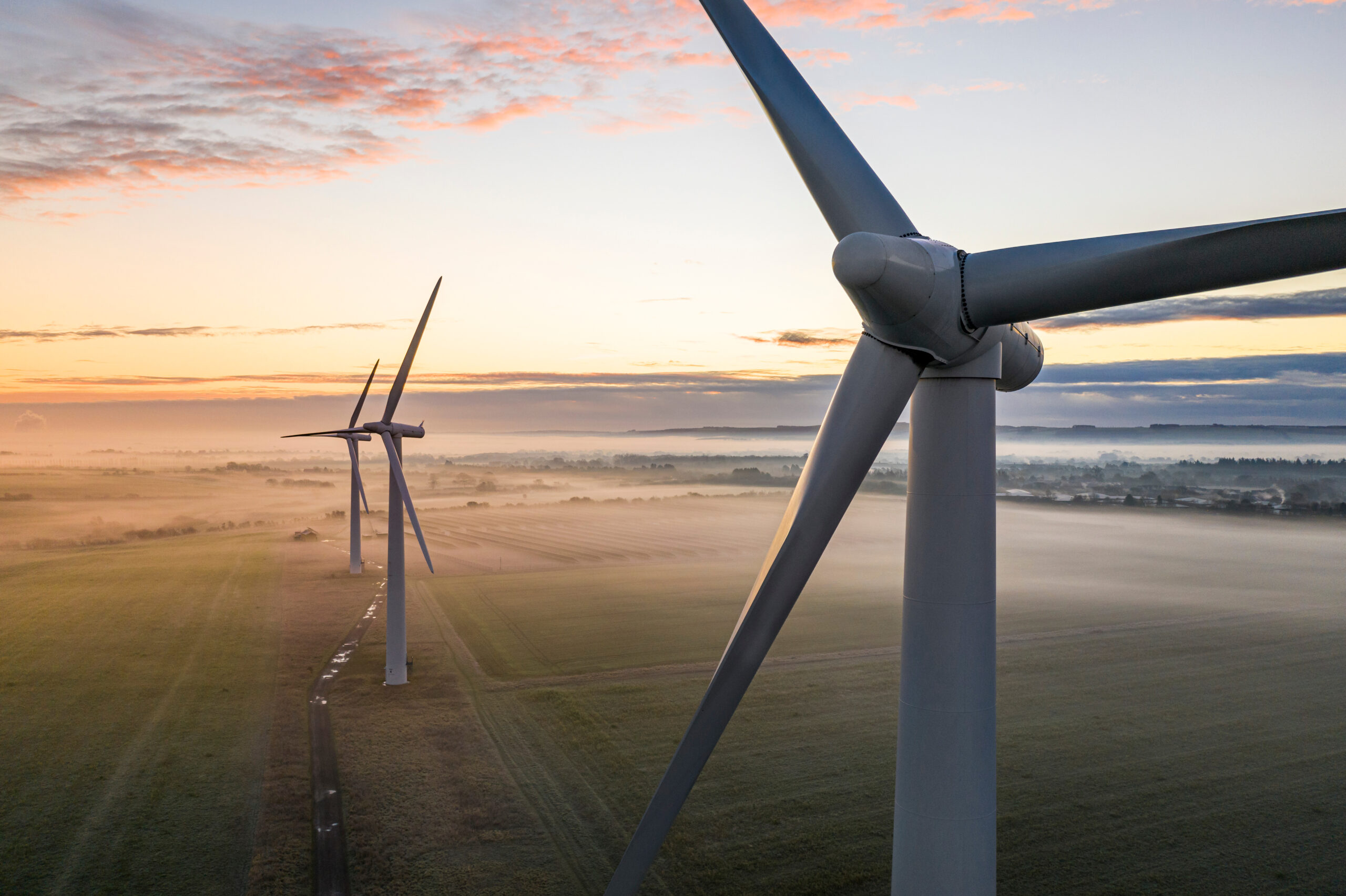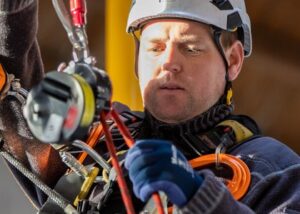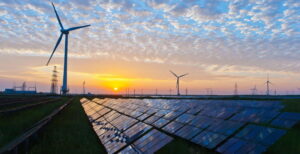Wind Farms - How do they actually return a profit?
How to make money from wind turbines? A question we get asked a lot, so here goes…
Wind farms are large-scale installations of wind turbines that generate electricity by harnessing the kinetic energy of the wind. These farms can be located onshore (on land) or offshore (in bodies of water), and they are designed to produce significant amounts of renewable energy for distribution to the electrical grid. Wind farms are a crucial part of the global shift towards renewable energy, with countries worldwide investing in wind energy as a means to reduce dependence on fossil fuels, enhance energy security, and meet climate goals. They play a significant role in the energy transition, contributing to cleaner and more sustainable energy systems.
Building a wind farm is a significant endeavor requiring careful planning, substantial investment, and ongoing management. The process is complex but vital for harnessing renewable energy and contributing to a sustainable energy future. But with such huge amounts of resource required to build and operate a wind farm, including staff, training, maintenance, equipment and repairs, how do companies get a return on their investment?
Companies make money from wind energy through several revenue streams, all of which are tied to the generation and sale of electricity, incentives, and related services.
Here’s how it works:
1. Selling Electricity
- Power Purchase Agreements (PPAs): Wind energy companies enter into long-term contracts with utilities, businesses, or governments to sell electricity at a fixed price. These agreements provide a steady income stream and reduce financial risk for both parties.
- Wholesale Market Sales: In some cases, wind energy producers sell electricity directly on the wholesale electricity markets, where prices can fluctuate based on demand and supply conditions.
2. Renewable Energy Certificates (RECs)
- Selling RECs: Wind energy companies generate Renewable Energy Certificates (RECs) for each megawatt-hour (MWh) of electricity produced. These certificates can be sold to utilities or corporations to help them meet renewable energy mandates or voluntary sustainability goals. RECs provide an additional revenue stream independent of the electricity itself.
3. Government Incentives and Subsidies
- Production Tax Credits (PTCs): In countries like the U.S., wind energy companies can benefit from tax credits based on the amount of electricity they produce. The Production Tax Credit (PTC) provides a per-kilowatt-hour tax credit for the first ten years of a wind farm’s operation.
- Investment Tax Credits (ITCs): Some wind projects might qualify for Investment Tax Credits, which allow a percentage of the cost of developing a wind farm to be deducted from taxes.
- Grants and Loans: Governments sometimes offer grants, low-interest loans, or other financial incentives to support the development of wind energy projects.
4. Selling Carbon Offsets
- Carbon Credits: Wind energy projects reduce carbon emissions, and companies can sell carbon credits generated from these reductions. Corporations or governments seeking to offset their carbon footprint purchase these credits, adding another revenue stream.
5. Equipment Manufacturing and Maintenance
- Turbine Sales: Companies that manufacture wind turbines, blades, and other components profit from selling these to wind farm developers.
- Operations and Maintenance Services: After wind farms are operational, companies can earn money by providing maintenance services, ensuring the turbines are functioning efficiently and minimizing downtime.
6. Ownership and Operation of Wind Farms
- Energy Companies and Utilities: Some energy companies build, own, and operate wind farms themselves, generating revenue from electricity sales while benefiting from government incentives and RECs.
- Independent Power Producers (IPPs): These companies develop and operate wind farms, selling electricity to utilities or directly to large industrial users under PPAs.
7. Leasing Land
- Land Lease Payments: Wind energy developers often lease land from farmers or other landowners to build wind farms. Landowners receive lease payments, while the wind energy company profits from the electricity generated.
8. Exporting Technology and Expertise
- Consulting Services: Wind energy companies may offer consulting services, sharing their expertise in wind farm development, grid integration, and project management with other developers or governments.
- Exporting Equipment: Companies in countries with advanced wind energy industries might export wind turbines, blades, and other components to countries where the wind energy sector is still developing.
9. Innovative Financing Structures
- Yieldcos: Some companies create yieldcos, publicly traded entities that own wind farms and other renewable energy assets. Yieldcos provide investors with a steady return from the revenue generated by these assets, while the parent company raises capital by selling shares.
Wind energy companies make money through a combination of direct sales of electricity, leveraging government incentives, selling environmental credits, and providing related products and services. As the global push for clean energy continues, these revenue streams are expected to grow, making wind energy an increasingly profitable industry.




